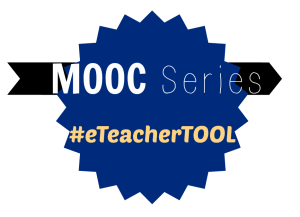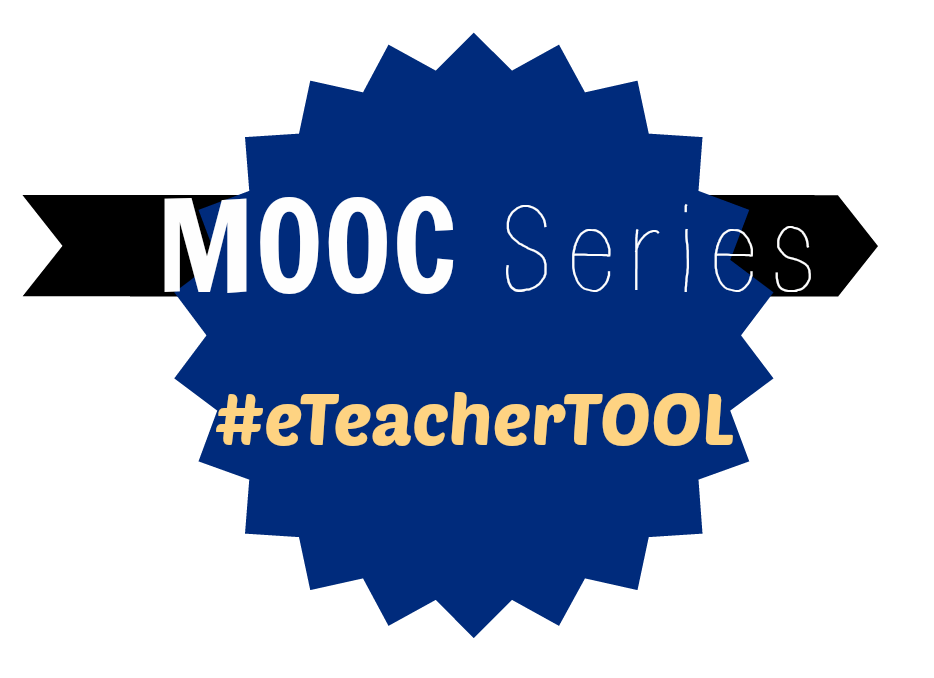This post is one in a series for a MOOC. You can find similar posts searching under the Category MOOC or searching for hashtag #eteacherTOOL for more about this particular MOOC.

A LMS is often used to quantify grade reporting and analytics for the owning organization. But what are the facets and other useful data to consider when thinking about how an LMS produces data?
Which product you use may dictate the amount, and level, of data to extract from the LMS. With the rise of products like Sophia, Edmodo, and many other “light” versions of an LMS owners of an LMS should ask themselves if a full-blown LMS is required: or if a combination of a fully functioning LMS be used for something like institutional professional learning and a lighter teacher tool be used for student level learning. The answer to this may come from paying attention to the distinction between blended learning and online environments.
For the purpose of this post, let’s look at the scenario of a fully online program.
What are the options for grade reporting?
The most traditional grades are averages or percentages. Sometime these grades are weighted by categories: assessments, participation, practice are the most general categories.
Time on task can also be measured. Recording the minutes a student spent on an item can be useful in surmising the ease or attention with which an item was completed. Considered in concert with a grade it might give a teacher direction on how much help a student requires.
Participation, just a positive or negative grade, can also be collected through an LMS. Such a grade might indicate a post was made, or an item was viewed, but not attempt to quantify the quality of that participation.
Are there various levels?
Student level – students have access to learning content and tools assigned to them, to their own grades and assignments, and their own transcript.
Teacher level – teachers have access to the LMS at a level to create ad hoc courses or clubs typically, they have access to create learning content for all of their students, and maintain the gradebook for all students, they may group/ungroup/regroup students for optimal learning. Additionally teachers should have access to school and/or organizational level professional development with the ability to self-enroll. Teacher should also be able to view a transcript of their professional learning participation.
Course level – courses can be copies of master courses which reside at the top level. A copy can be a static copy, but can also be set to receive updates of content as added at the top level. Depending on organizational permissions, teachers or program level teachers can make these copies.
Program level – at the top organizational level settings for many of the above mentioned permissions and roles can be set. The program level might make copies of courses and set initial enrollments of the Student Information System (SIS) does not automate that function. Typically the top level administers and changes which need to be handled after the course is set, takes trouble tickets, and works with outside vendors to resolve any issues with the LMS or associated integrations.
Which levels remain most valuable for the online instructor in regard to student performance?
That is a good question, and the answer depends on your level within the organization typically. The student experience depends on all these levels being executed well. However, the most potentially powerful interaction with students has to be at the teacher level.






2014-05-27 at 9:33 am
Good work! I like it!